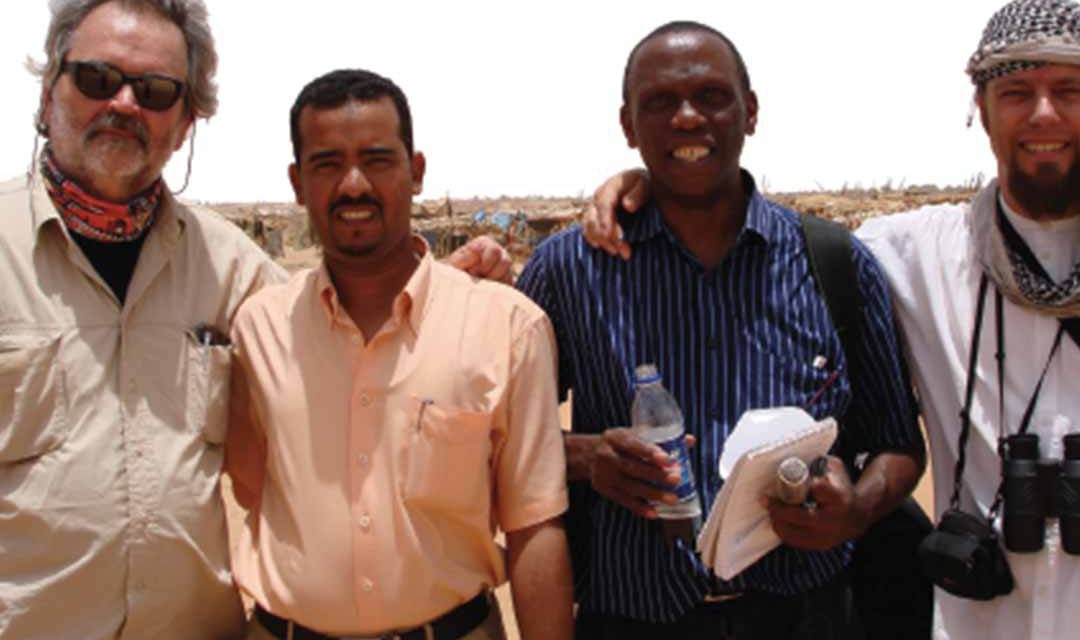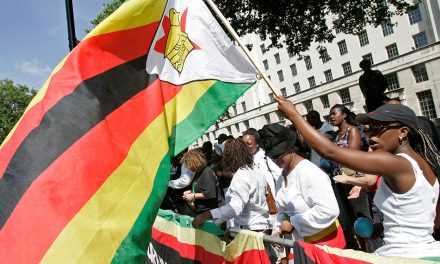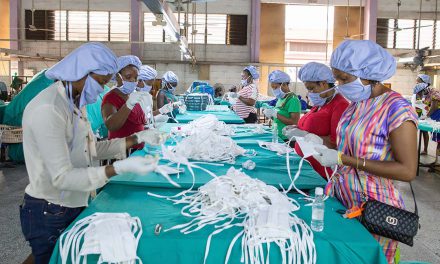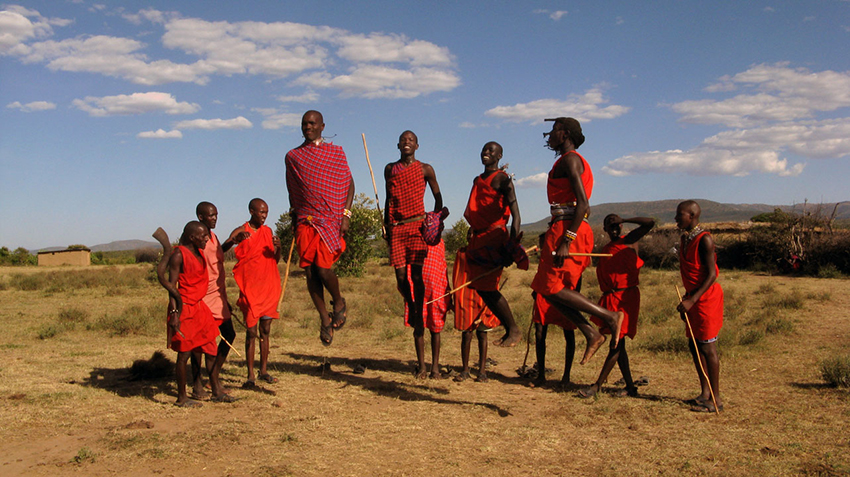Africa: the scourge of ethnicity
Understanding ethnicity—inherited or imposed—can go a long way to ensure accurate coverage of conflict in Africa
As a journalist I have covered a range of conflicts, some of which had a clearly ethnic dimension. But ethnicity is a multidimensional concept that blends race, colour, creed, class, clan, language, lifestyle, identity and culture in an ephemeral and continually shifting matrix. This can make it a tricky subject at the best of times. Moreover, politics can be distorted through an ethnic lens, making it treacherous territory for journalists, especially when they can’t speak local dialects or know little of the ethnic dynamics they are reporting on. There is also a historical dimension. Some ethnic conflicts have their roots in precolonial times, yet they survive tenaciously into the current era, amplified by access to modern technologies.
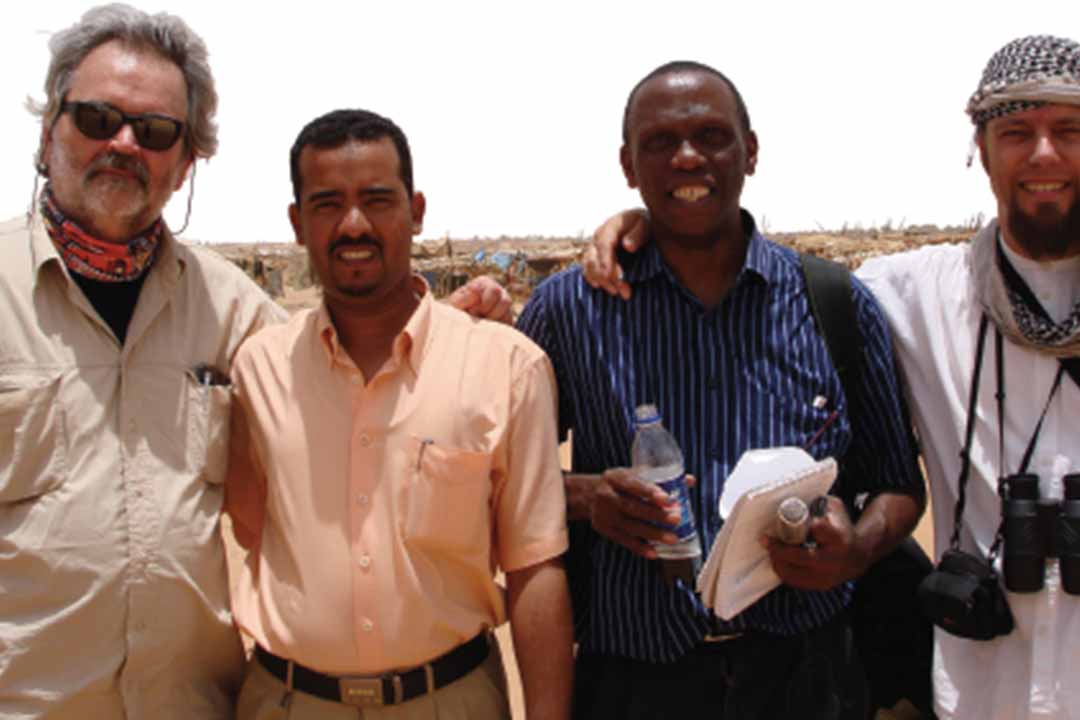
In South Africa, for instance, rural conflicts are often written off as “tribal”, even when they occur between clans of the same tribe. In 1996, I reported on intense fighting in the Umvoti River Valley in Zululand. The area was chicken-and-goat territory, the hills studded with thatched rondavels, tiny mielie patches and dozing cattle, but the belligerents were armed with modern assault rifles. Old grudges continued to simmer in a contemporary context. The conflict had started in 1951 when a rebel chief formed his own clan and the two factions had been at war ever since. This had included the assassination of the first-born son of the chief of the original faction. Moreover, the bloody conflict had got caught up in political warfare between the African National Congress (ANC) and its rival, the Inkatha Freedom Party (IFP). Former soldiers, taxi warlords, and white right-wing farmers in the area also played shadowy roles. Journalists are mostly urban-based and disdainful of provincial folk, and the situation was dismissed as a clash between ignorant peasants. But the urban-rural divide is an important inflection of ethnic identity. Because of the apartheid migrant labour system, the Bomvu clan feud had moved to the cities, with murders in Johannesburg and Durban. South Africa’s population is two-thirds urbanised, but the country’s cities continue to be affected by rural contestations since most of its citizens are rural-born. Then again, an urban ethnic identity can be fluid and creatively cosmopolitan, with new supra-tribal ethnicities being formed, as I found reporting from Kinshasa in 2003 on the implementation of the Pretoria Peace Accords. The country, now the Democratic Republic of the Congo (DRC), is a vast hinterland of more than 250 ethnicities including whites and Twa. To live in Kinshasa and jive to the music of Werrason is to be quintessentially Kinois, regardless of one’s ethnic origins. Yet an undertow of ethnicity prevails in the political arena, as with persistent rumours that President Joseph Kabila is Tanzanian and not Congolese by birth. Ethnicity is supposedly inherited; but it is just as often imposed. In 2007, I reported on the Darfur conflict in Sudan. But Sudan was not at all what I had supposed it to be. The mystical Sufi version of Islam was more in evidence than the hardline Salafism with which Khartoum had been erroneously associated. And in Darfur itself it rapidly became obvious that the Western characterisation of the war as a confessional race war between Muslim Arabs and Christian blacks was a projection. I was part of a team of journalists, one black, two white. Although we were briefly detained on arrival in El Fasher, we were leapfrogged in the queue for permits. We had readier access to the warzone than the Westerners we left languishing in Khartoum. A journalist’s real or perceived ethnicity may have a bearing on his or her access to stories. White Africans are often seen as outsiders in Africa, like Western aid workers. This may get them better access, but may also confront them with anti-Western hostility. Meanwhile, a slender light-skinned Tswana photojournalist friend and colleague had trouble taking pictures in refugee camps in South Sudan because he was thought to “look like a Janjaweed”, or a member of the camel-herding militia that was plaguing the region with violence. In El Fasher, the region’s capital city, the Fur and Arabic languages cohabited, apparently peacefully, with other regional Nilotic, Mande and Kanuri tongues. Both in the town itself and in its sprawling refugee camp a visitor expecting clearly delineated evidence of ethnic conflict was immediately disoriented. Yet the drivers of the conflict lay as far back as 1972, when Gaafar Nimeiry’s socialist regime tried to break the power of the Fur chieftains. Undermining their authority weakened centuries-old agreements on the sharing of watering holes. Meanwhile, the Sahara was marching implacably eastwards at the rate of about 5km per year, swallowing up the increasingly contested remaining wells. Disputes over Darfur’s oil also contributed to the conflict, which was exacerbated by the availability of modern weaponry. A resource battle had been ethnicised by unscrupulous local leaders and by Western observers— for whom an Islam-versus-Christianity narrative was attractive of political support and donor funding. Darfur was more about power than it was about creed or colour, as I would find again with the Israeli “Summer War” on Lebanon, which I covered in 2006. The tendency to ethnicise a pre-existing resource contest is not unique to Africa. Ethnicising a conflict obscures the asset-stripping objectives of many partisan leaders. Perhaps, more importantly, it provides warlords with a pool of potential fighters for their cause. I experienced this in the Solomon Islands, South Pacific, in 2010, where I trained journalists to cover a Truth and Reconciliation Commission that had been established in the wake of a war between the two primary islands of Guadalcanal and Malaita between 1998 and 2003. The “Tensions”, as the war was euphemistically known locally, were almost invariably described as an ethnic clash between Guales and Malaitans in an increasingly bitter struggle for scarce jobs and land. Upon further investigation, it emerged that multinationals had purchased swathes of timberland, displacing large numbers of peasants. The work of a brilliant investigative journalist, Mary Louise O’Callaghan, had also shown that the “improper” acquisition of Guadalcanal land by Malaitans had occurred because Guale men had subverted the traditional matrilineal control of land to make a quick buck selling land to Malaitans, and had then blamed the buyers for the resulting dissatisfaction. In making these observations I’m not reducing such conflicts to the purely economic sphere, as Marxists tend to do. Ethnicity can be a powerful mobilising force though its compelling aspects can often be invisible to foreign correspondents who have been “parachuted” into a complex fight on short notice, and who are not stationed long-term in the countries they cover. Working in Bamako and Ségou in Mali in 2008 I was unaware that I was in the heartland of the Bambara ethnic group—Mali’s largest at 25 percent of the population. I had no indication of tensions with the Tuareg I met, even though they were in the middle of their fourth insurrection since 1916, demanding ethnic balance in the government and military. Though I knew of the potential ferocity of the Tuareg nomads, whose homeland was the Sahel band to the north-east of Timbuktu, I was unprepared for the anti-Bambara brutality of the Ansar al-Dine and other rebel groups that swept to power in the entire north of the country by January 2013. I did not have the “ethnic radar” or the languages I needed to pick up on the undercurrents. My ignorance was partly a factor of geography. Ethnicities in Africa can be resiliently localised, even when they bridge colonial-era national borders, as in the Sahara, in the Sahel and the Great Lakes regions. But it was also partly because ethnicity can fade in and out of the foreground as a focus of national tensions. South Africa is a good example. After the advent of democracy in 1994 the ANC maintained a public ethic of multiracialism during the Mandela presidency. But with the Thabo Mbeki presidency, rumbling dissatisfaction within the country’s largest ethnic group, the Zulus, at the favoured status of the “Xhosa-Nostra” resulted in the rise of Jacob Zuma, an isiZulu speaker, whose presidency has seen a reversion to an atavistic, ethnicised politics. And when ethnicity is suddenly foregrounded, it can be with a barely matched explosiveness. As is generally known, the Rwandan genocide was trip-wired by the downing of President Juvénal Habyarimana’s jet on April 6, 1994. But it had been simmering ever since the 1950s, when the Belgian colonisers introduced “ethnic” classification cards for groups identified as Tutsis, Hutus and Twa. These were, however, essentially fake ethnicities. Of the 18 clans in Rwanda, all, except arguably the royal clan, were ethnic mixes of groups that had intermarried over a millennium. Those classified Tutsi had to own more than 10 cattle, and it helped if they were tall. In fact, this was a class designation with spurious racial elements appended. The result of this faux ethnicisation was 100,000 slaughtered in 1959 and 800,000 in 1994. The spillover from the latter continues to generate fresh ethnic and ethnicised conflicts in the Great Lakes today.
Michael Schmidt is a Johannesburg-based investigative journalist who hasworked in 49 countries on six continents. His main focus areas as an Africa correspondent for leading mainstream journals are emerging and high-end technologies, political developments, conflict resolution and transitional justice, and on the continent’s maritime and littoral spaces.

